How beluga whales balance life in the Arctic Seas
One Earth’s “Species of the Week” series highlights an iconic species that represents the unique biogeography of each of the 185 bioregions of the Earth.
Thriving in the frigid waters and vast expanse of the Arctic seas is the stunning all-white beluga whale (Delphinapterus leucas). These magnificent creatures dwell in a pristine playground filled with ice floes, towering glaciers, and an array of unique marine species.
Here, at the top of the food chain, beluga whales keep life in this icy ecosystem in balance. However, their habitat is in a dire situation, warming nearly four times faster than the rest of the world, making their conservation critical to the health of our shared planet.
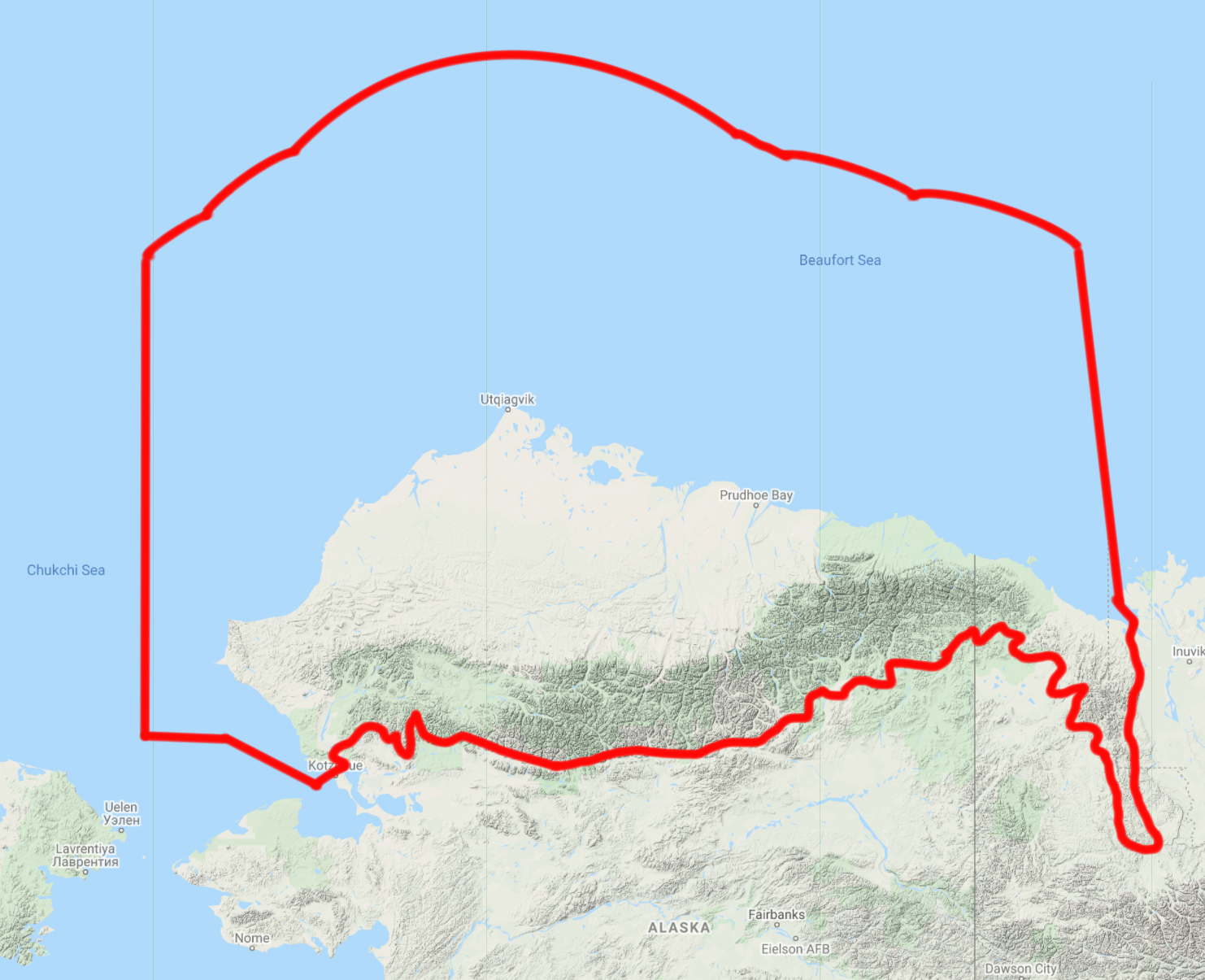
Beluga whales are the Iconic Species of the North Alaskan Tundra Bioregion (NA3).
The "White Ghosts" of the Arctic
Beluga whales are instantly recognizable with their striking appearance. Their name derives from the Russian word for "white," perfectly describing their pure and pale skin.
Their body size is between a dolphin and a true whale, with males growing up to 5.5 meters (18 ft) long and weighing up to 1,600 kilograms (3,530 lb). They lack a dorsal fin, allowing them to navigate effortlessly through the densely packed ice.
Masters of hunting adaptations
Another characteristic physical feature of beluga whales is the distinctive bump at the front of their heads. This organ is called the melon and is used for echolocation, which is how beluga whales locate their food. Emitting a series of clicks, the whales listen for the echoes to detect their prey beneath the icy depths.
With this method, belugas are highly skilled hunters. Their diet primarily consists of fish such as Arctic cod, capelin, and shrimp-like creatures called amphipods. These whales are opportunistic feeders, adapting their diet based on prey availability.
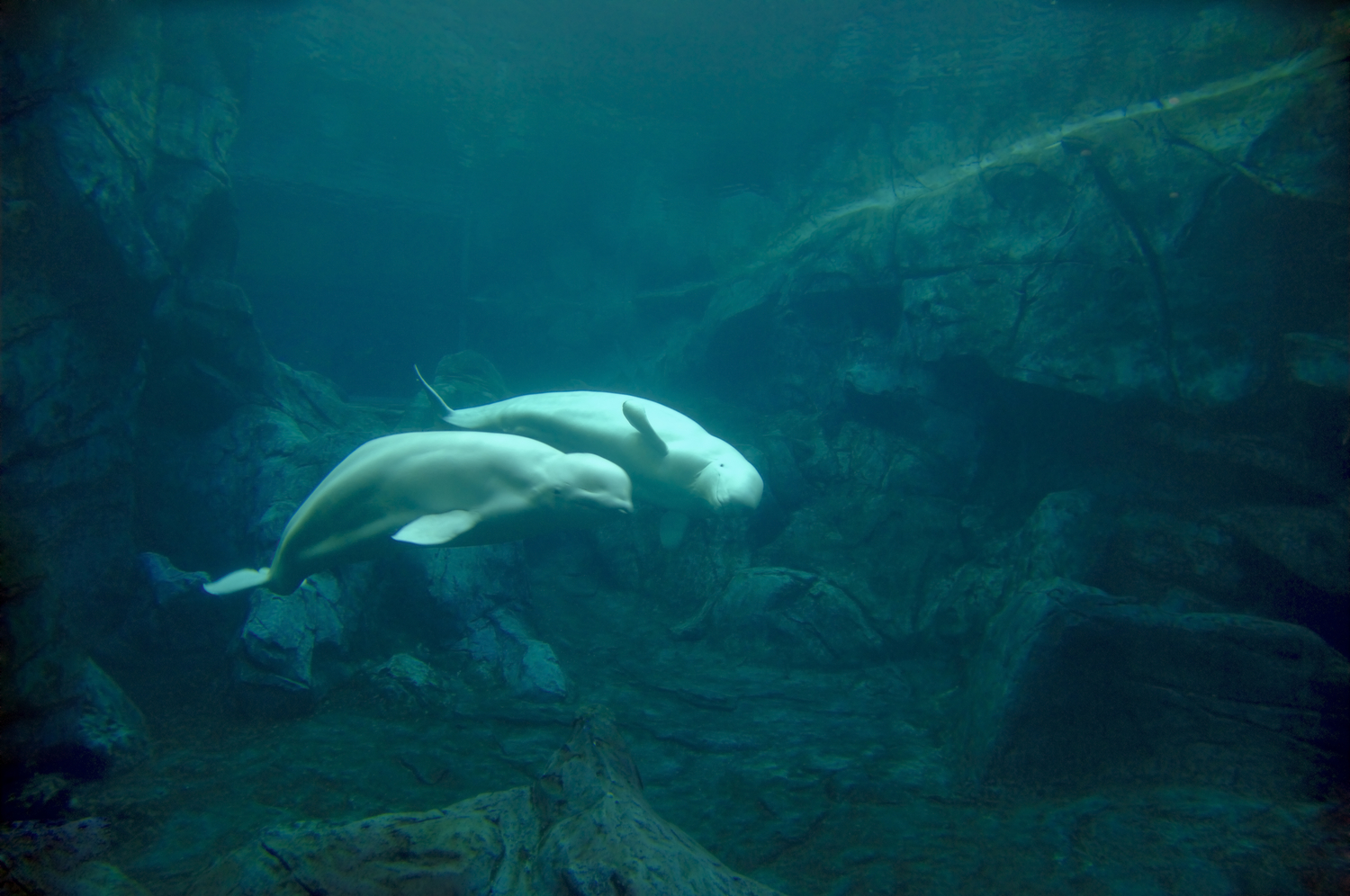
Guardians of the Arctic ecosystem
Beluga whales play a vital role in maintaining the delicate balance of the Arctic ecosystem. As top predators, they help control fish populations, preventing them from overpopulating and depleting the available resources.
Their feeding habits also aid in nutrient distribution, benefiting the entire food web. Additionally, their migrations help transport nutrients between different regions, contributing to the health and productivity of the Arctic seas.
.jpg)
The social "canaries of the sea"
Highly social beings, beluga whales live in pods ranging from a few individuals to several hundred. Their strong familial bonds and complex communication systems are crucial to their survival in the harsh Arctic.
Known as the "canaries of the sea," these intelligent creatures use diverse vocalizations, including whistles, chirps, and squeals, to communicate with one another and navigate the vast underwater world.
They are also known for their playful nature, frequently engaging in acrobatic displays, spy-hopping, and even blowing bubbles for entertainment.
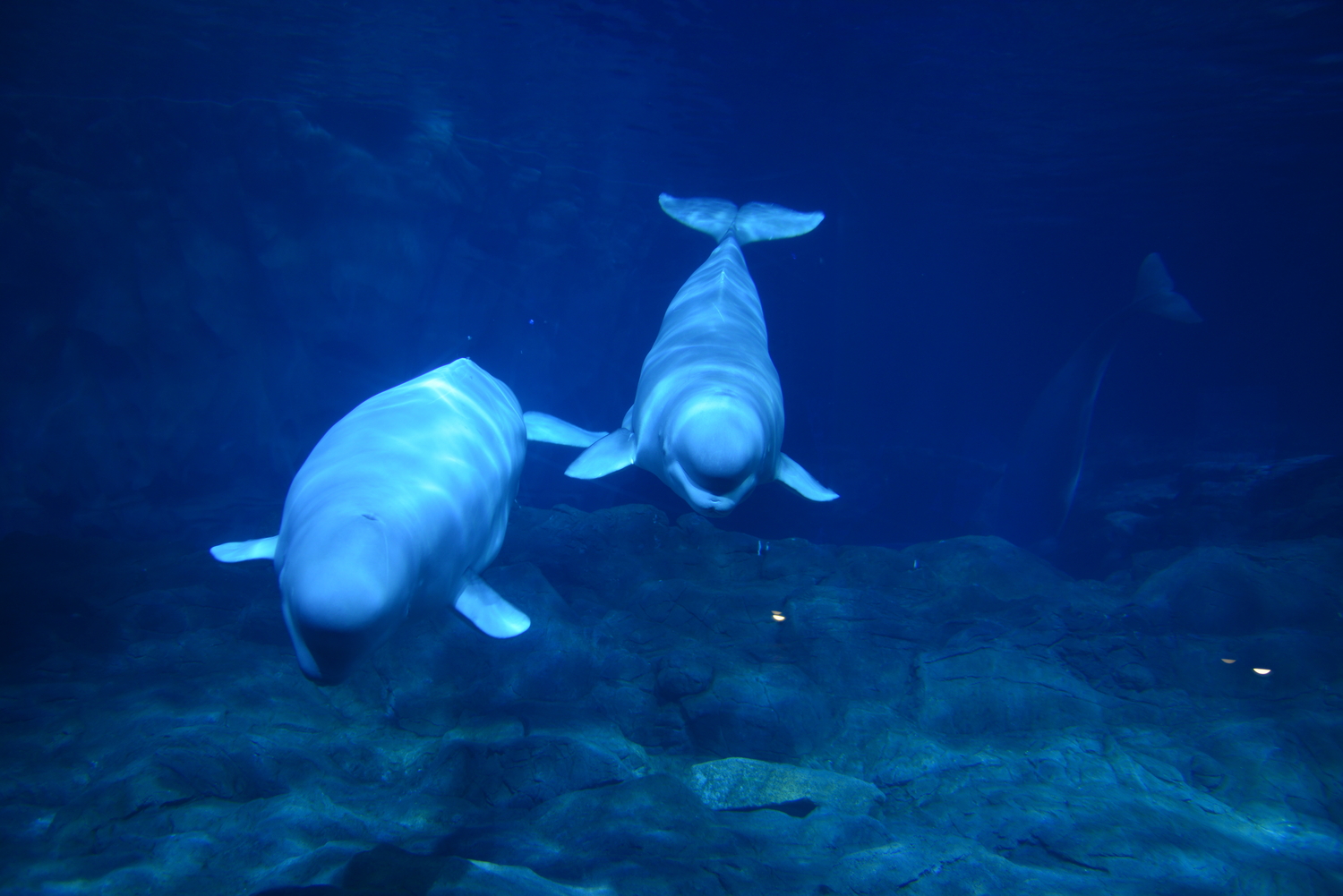
Deep bonds between mothers and calves
Female belugas reach sexual maturity around five to seven, while males reach maturity a bit later. After a gestation period of approximately 14 to 15 months, a single calf is born in late spring or early summer.
The mother and calf form a deep bond, with the mother providing nourishment and guidance to her offspring for several years until they can fend for themselves. Belugas have a long lifespan, with some individuals reaching 50 to 60 years of age.
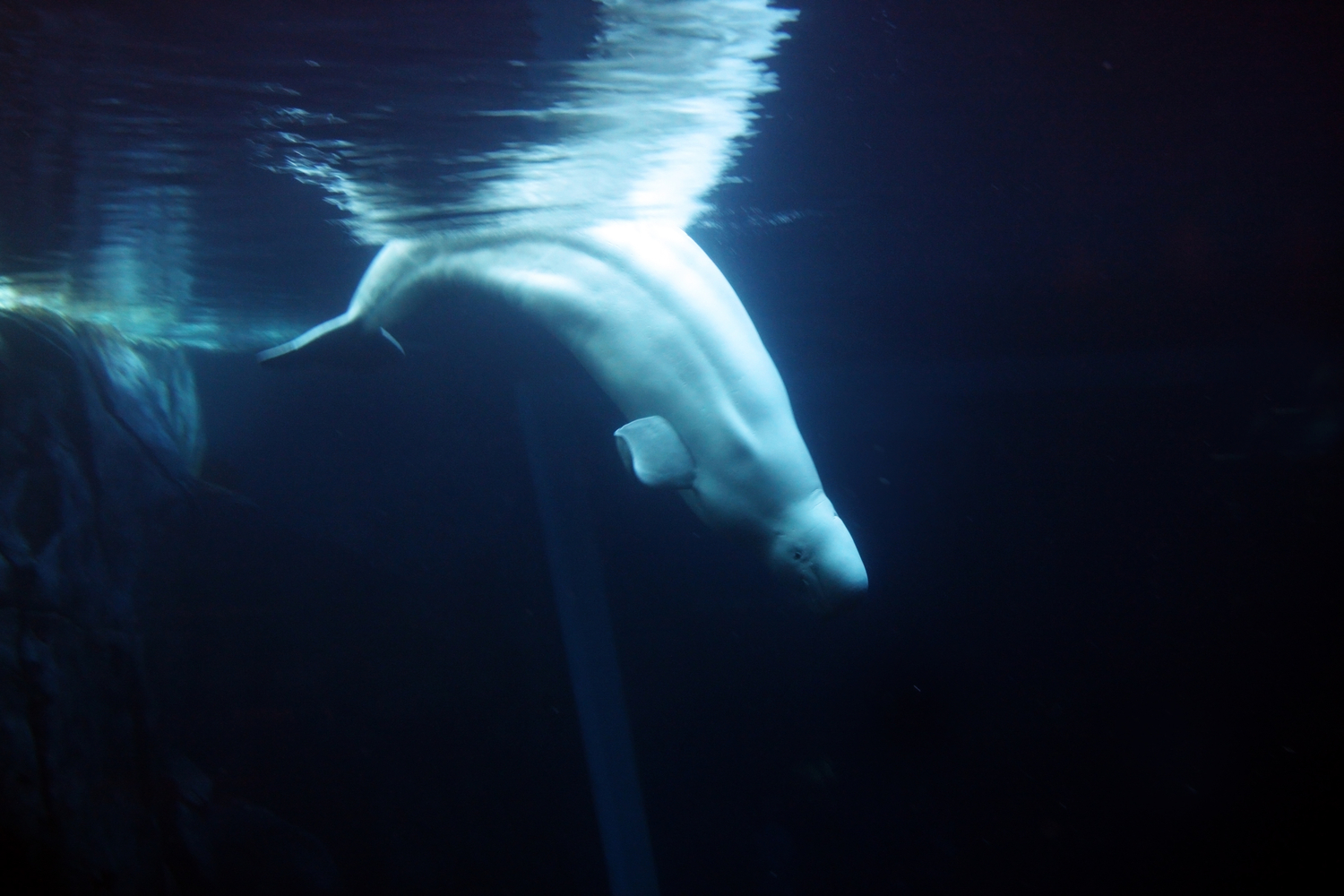
A battle for survival with melting sea ice
Despite their resilience, beluga whales face numerous threats that jeopardize their existence. One of the most significant challenges they encounter is the loss of sea ice due to climate change. The reduction of sea ice limits their habitat and alters the availability of their prey.
Pollution, including industrial runoff and noise pollution from shipping activities, disrupts their communication and hunting abilities. Additionally, entanglement in fishing gear and collisions with vessels pose a constant risk to their survival.
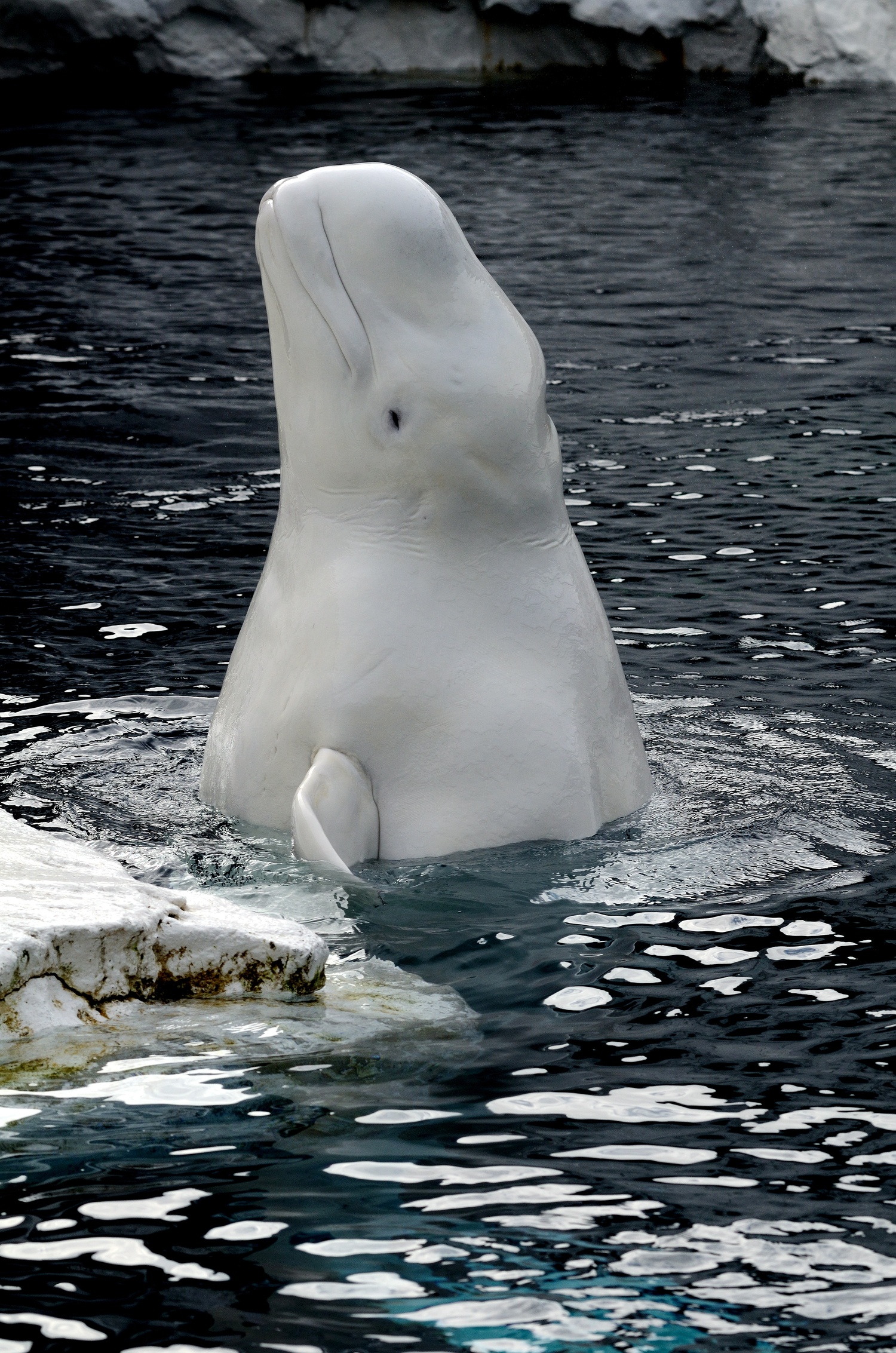
The future of beluga whales lies with us
Recognizing the critical importance of protecting beluga whales, conservation organizations and governments have rallied to safeguard these iconic creatures.
Efforts include establishing marine protected areas in crucial beluga habitats, helping preserve their feeding and calving grounds.
The fate of the beloved beluga whales lies in our hands. By preserving their habitats, mitigating the climate crisis, and working towards sustainable practices, we can secure a future where the haunting melodies of the White Ghosts of the Arctic continue to resonate through the icy seas.
Let us be the guardians these whales deserve, for their survival is intertwined with the health of our planet's most fragile ecosystems.
Explore Earth's Bioregions.jpg?auto=compress%2Cformat&w=1440)


